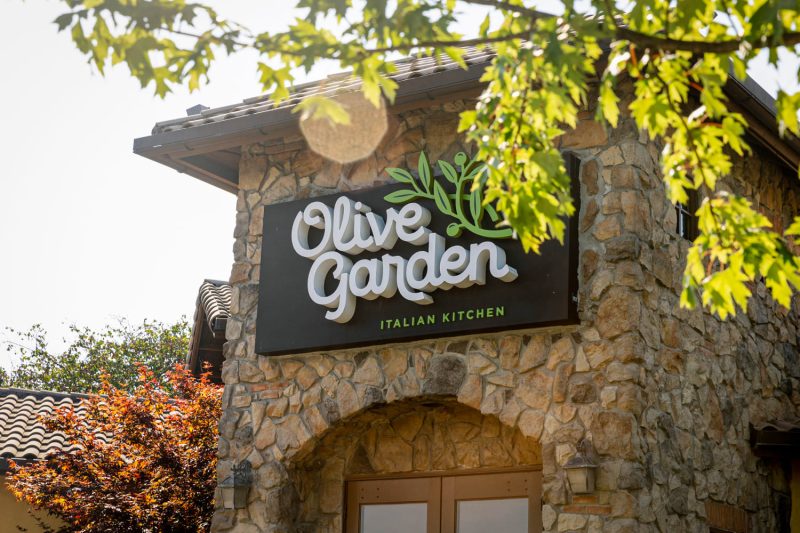In a recent earnings report, Darden Restaurants, the parent company of popular dining chains such as Olive Garden, LongHorn Steakhouse, and others, released data indicating a contrasting trend in the performance of its different restaurant brands. While LongHorn Steakhouse experienced an uptick in sales, Olive Garden faced a decline in revenue, raising questions about the overall health of the dining industry in the face of changing consumer preferences.
LongHorn Steakhouse, known for its hearty steaks and western-themed ambiance, saw a positive trajectory in its sales figures. This success can be attributed to several factors, including the rising popularity of steak-focused dining experiences among consumers seeking high-quality meat options in a casual dining setting. The chain’s consistent menu offerings, attentive customer service, and attractive pricing strategies have also contributed to its growing appeal among diners.
On the other hand, the decline in sales at Olive Garden, a beloved Italian-American chain known for its pasta dishes and unlimited breadsticks, signals a shift in consumer behavior that could pose challenges for casual dining establishments. The decrease in revenue at Olive Garden may be reflective of changing consumer preferences towards healthier, more diverse, and experiential dining options. In an era where consumers are increasingly health-conscious and looking for unique culinary experiences, traditional chains like Olive Garden may face difficulty in staying relevant.
The diverging performance of LongHorn and Olive Garden within the Darden Restaurants portfolio underscores the importance of understanding and adapting to evolving consumer tastes in the highly competitive dining industry. To remain competitive and drive sales growth, restaurant chains must stay attuned to consumer preferences, innovate their menu offerings, and enhance the overall dining experience to meet the changing demands of today’s diners.
As the dining landscape continues to evolve, with trends such as plant-based dining, virtual kitchens, and food delivery services reshaping the industry, it is essential for restaurant operators to embrace innovation and agility in their approach to stay ahead of the curve. By leveraging data insights, investing in culinary innovation, and enhancing customer engagement through personalized experiences, restaurant brands can navigate the challenges presented by shifting consumer trends and drive sustained growth in an increasingly competitive market.
In conclusion, Darden Restaurants’ latest earnings report offers valuable insights into the dynamic nature of the dining industry and the need for restaurant chains to adapt to changing consumer preferences to drive sales growth and remain competitive in a rapidly evolving market landscape.


























